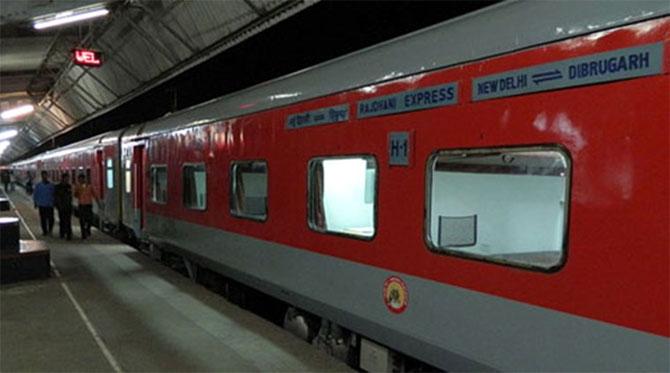
With the introduction of a flexi-fare system by the Railways from Friday for 142 premium trains, including 42 Rajdhani trains, 46 Shatabdi and 54 Duronto trains, the gap between the airfares and rates of these premium trains has reduced. This may push more passengers towards aviation sector.
Cashing in on the opportunity, Air India even came out with an advertisement recently claiming the airline’s spot fares were cheaper than Rajdhani flexi fares.
Under the new pricing policy, passengers travelling on these trains will have to shell out between 10 to 50 per cent more than the base fare.
“The recent announcement by the Railways ministry on a dynamic pricing model is expected to see positive impact on air travel, creating more affordability/value for domestic travellers and a corresponding catalysing effect on demand-uptake in the Indian airspace,” said Indiver Rastogi, president and country head (corporate travel), Thomas Cook (India).
This will add to initiatives such as the base fare cap and improved regional connectivity introduced in the new civil aviation policy, creating crucial mass-momentum for regional markets and tourism hubs, with a cascading overall impact for the domestic aviation sector, he said.
Railway estimates show that the fares of the new second-AC fares of a premium train between Delhi to Chennai Central is 3.8 per cent higher than the highest airfare on the same route.
The estimated highest airfare for the route is about Rs 5,379 per passenger against Rs 5,584 for the surged price fare for second-AC.
The surged price is 42 per cent increase from the base fare. This is not just the case of one route.
A comparison shows that for Delhi to Mumbai air travel, the lowest airfare price is in the range of Rs 2,755, while the surged price for second-AC comes at Rs 4,104, a 42 per cent increase from the current train fares. The highest airfare in the same route may hit the range around Rs 5,310.
“For a utility service like train travel provided by a state monopoly, and with demand far exceeding supply, surge does not achieve much except for increased revenue. Simply put, it comes across as a complex way to increase fares.
We do not expect this to have any measurable impact either on the demand dynamics, or on the supply. The timing could not have been worse , especially with the festival season ahead,” said Kapil Raizada, co-founder of RailYatri.in.
Business Standard compared the rates of the upcoming Dussera and Christmas season. On October 10, which is Dussera, the rates of Rajdhani second-AC from Delhi to Mumbai is as high as Rs 2,825, compared to airfare tickets which may cost you from Rs 2,595 onwards.
Same is the case with Delhi to Ahmedabad route, where the Rajdhani rate is around Rs 2,240, while flight tickets may cost you Rs 2,186 onwards.
Even for Christmas, the Delhi–Mumbai flight ticket for December 24 may cost you Rs 3,139 onwards, while a second AC ticket for Rajdhani maybe just marginally less at Rs 2,825.
Last minute fares too are lower this year and a Delhi-Mumbai air ticket on Monday (September 12) were available for upwards of Rs 2,755. However, airfares for festivals like Dussera or Christmas will rise closer to date because of high demand, an executive of a private airline said.
It is anticipated about 60 per cent of the berths on these premium trains will be sold at 1.5 times the current price. On the other hand, the lowest pricing or the current fare is applicable for only about 10 per cent of the seats.
Meanwhile, those 30 per cent seats set aside for tatkal bookings will also have to pay a price which is 1.5 times the current pricing.
[source;rediff.com]























